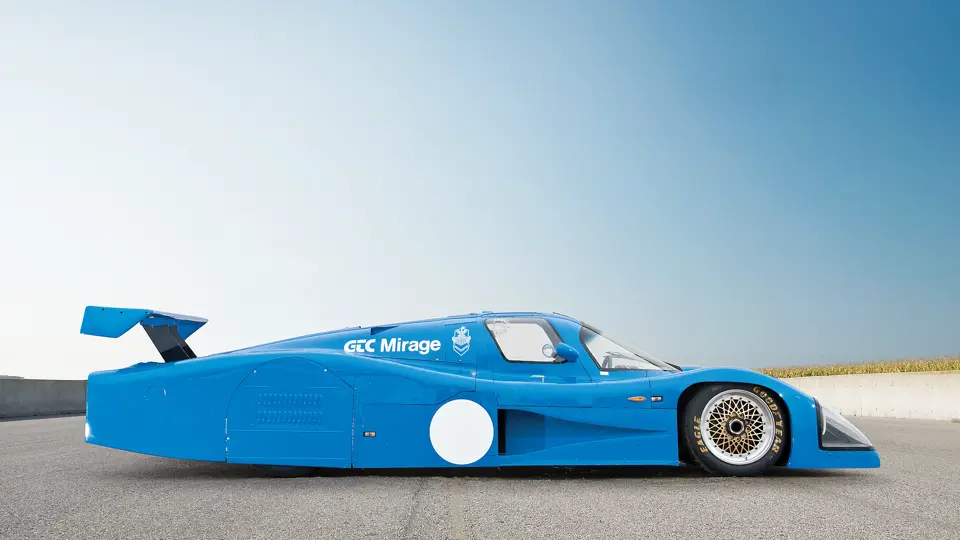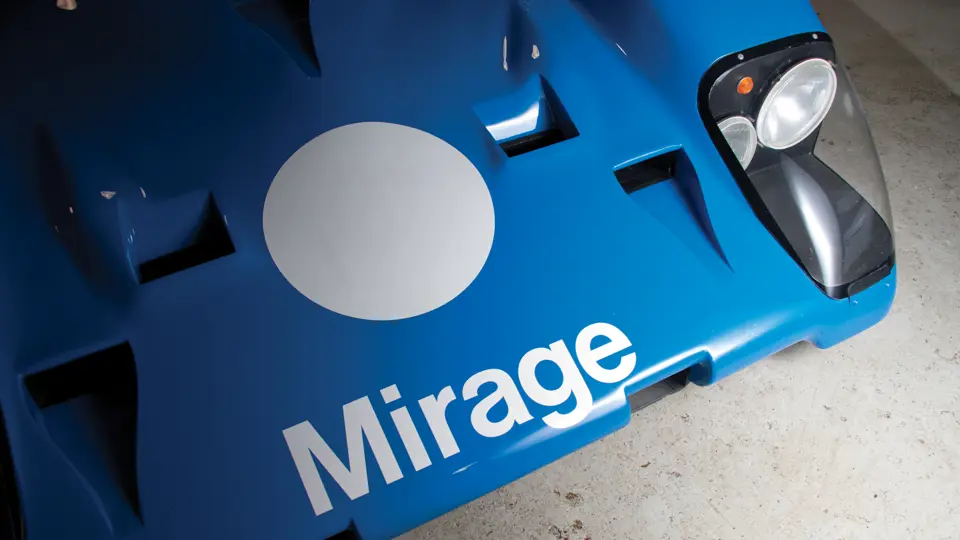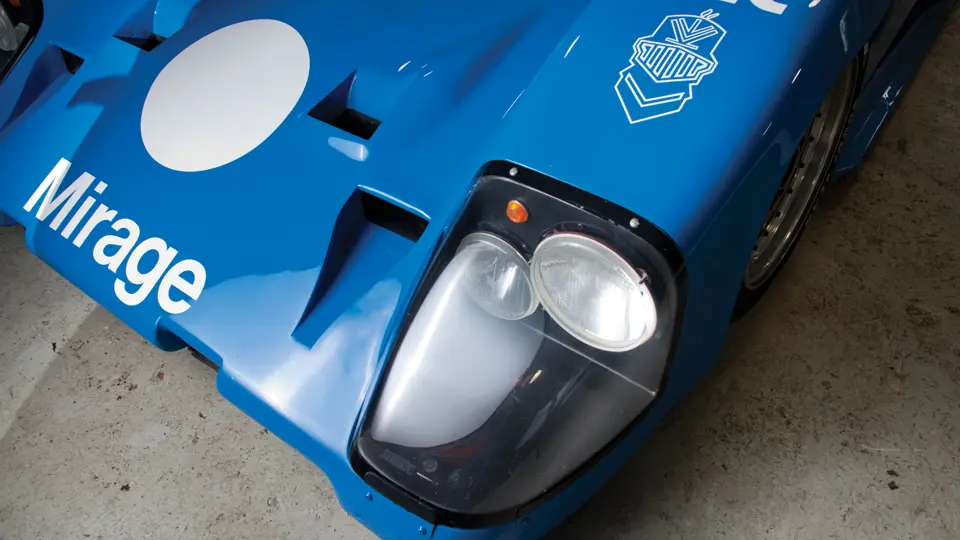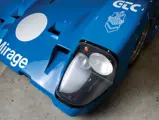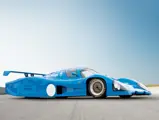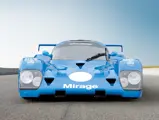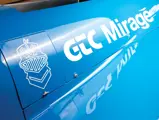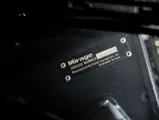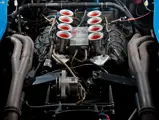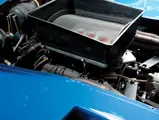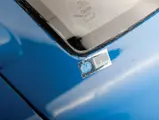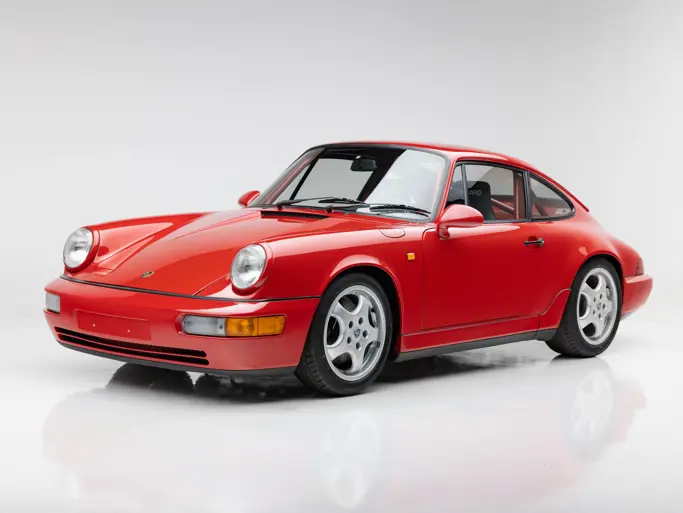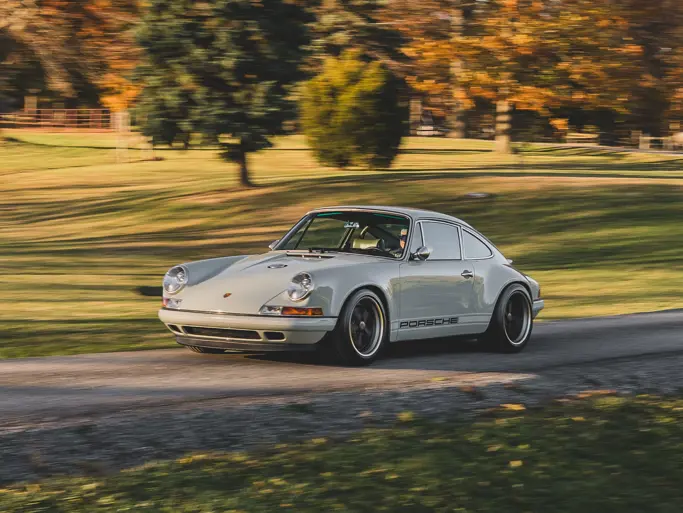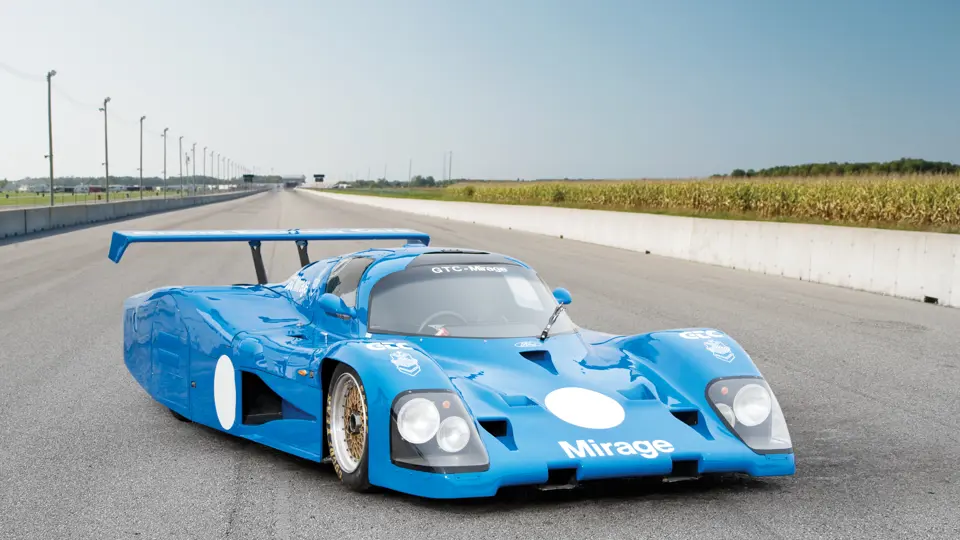
1982 Mirage M12 Group C Sports Prototype
{{lr.item.text}}
€84,000 EUR | Sold
{{bidding.lot.reserveStatusFormatted}}
- One of only two Mirage Group C Sports Prototypes
- Extensively tested by GTC, with Harley Cluxton III behind the wheel
- Equipped with the fantastic 3.9-litre Ford DFL engine
- Eligible for Group C historic races; includes FIA paperwork
- Une des deux seules Mirage Groupe C Sport-Prototypes
- Abondamment testée par GTC, entre les mains de Harley Cluxton III
- Équipée du fantastique moteur Ford DFL 3,9 litres
- Éligible pour les courses historiques en Groupe C ; accompagnée de ses papiers FIA
540 bhp, 3,995 cc DOHC Ford-Cosworth DFL V-8 engine, five-speed Hewland VG5 manual transaxle, four-wheel independent suspension with double wishbones and coil springs, and four-wheel hydraulic disc brakes. Wheelbase: 2,667 mm
Moteur V-8 Ford-Cosworth DFL, 3 995 cm3, 540 ch, 2 ACT par banc, boîte Hewland VG5 manuelle cinq rapports transaxle, suspension avant et arrière indépendante avec doubles triangles et ressorts hélicoïdaux, freins hydrauliques à disques sur les quatre roues. Empattement: 2 667 mm.
In 1967, John Wyer and John Willment founded J.W. Automotive Engineering Ltd. The team was to fill the void left by Ford when they called time on the GT40 in the FIA World Manufacturers’ Championship. Having managed to source modest funding from Grady Davis, of the Gulf Oil Corporation, the team set about building three prototypes for the forthcoming season, resulting in the M1. By April, four months after opening, J.W. Automotive was competing the M1 at Monza. The following race, at Spa, Jacky Ickx and Dr Dick Thompson were already in a league of their own. In the pouring rain, they handily won the race against the Ferrari P4, which finished over two laps behind!
In 1974, John Wyer partially retired and the team was renamed Gulf Research Racing, reflecting the Mirage’s dedicated supporter. John Horsman would continue to direct the team, and the newly developed M6 was retitled GR7. Having finished 2nd to Matra in the 1974 World Championship, the team chose to concentrate on the world’s most prestigious event, the 24 Hours of Le Mans. The following year, Mirage won the gruelling 24-hour race with Derek Bell and Jacky Ickx.
By the end of the 1975 season, Gulf withdrew their sponsorship and the team was bought by former racing driver Harley Cluxton III. The team continued to compete successfully, and in 1976 and 1977, Mirage finished 2nd at Le Mans, beaten only by the factory-supported Porsche Martini 936s. As the team progressed and the Group C Championship was born, a completely new car was required to remain competitive.
The new M12 ground-effect car was designed by John Horsman and built by Howden Ganley’s Tiga Race Cars Ltd. in England. The M12 featured the fantastic 3.9-litre Cosworth DFL V-8 engine and was entered in the 1982 running of Le Mans, where it would be driven by father and son duo Michael and Mario Andretti. Even though the Mirage was considered a relatively heavy car, its advanced aerodynamics made it amongst the fastest cars in practice, clocking an impressive 212 mph on the famous Mulsanne Straight.
The M12 offered here, chassis M12-002, was transported to Le Mans in 1982 as a partially assembled spare car. As it was not needed, it returned to the Grand Touring Cars Inc. in Phoenix, Arizona, where the assembly was completed. Chassis 002 continued to be used as a development car and was even clocked at over 220 mph at Ford’s Arizona Proving Grounds. Whilst it was not called upon to serve competitive duty, it was extensively tested alongside its sister car, M12-001. A comprehensive book of tests results, photographs, and correspondence for both cars is included on file, and it serves as a fascinating look into the development of this ground-breaking Group C Sports Prototype.
After testing was concluded, M12-002 was stored for a number of years, until it was acquired by the previous owner in 2003. Although it had seen minimal use throughout its life, the car was given a thorough inspection by Tony Nicholson’s Robin Automotive in Sonoma, California. Invoices for the service work, which totalled to approximately $10,000, are included on file, as well as numerous ownership documents, FIA paperwork, and the aforementioned development files. The current owner purchased the car in 2005 and added it to his collection of other notable grand prix and prototype racing cars.
En 1967, John Wyer et John Willment ont créé J.W. Automotive Engineering Ltd. L'équipe souhaitait combler le vide laissé par Ford quant la marque a retiré la Ford GT 40 du Championnat International des Marques FIA. Ayant réussi à trouver des fonds auprès de Grady Davis, de la Gulf Oil Corporation, l'équipe construisit trois prototypes pour la saison à venir, ce qui déboucha sur la M1. Au mois d'avril, quatre mois après son établissement, J.W. Automotive engageait la M1 à Monza. Lors de la course suivante, à Spa, Jacky Ickx et Dr Dick Thompson s'offraient le luxe de remporter la victoire, sous une pluie battante et reléguant une Ferrari P4 à plus de deux tours derrière eux.
En 1974, John Wyer se retirait partiellement et l'équipe changeait d'appellation pour Gulf Research Racing, du nom de son fidèle sponsor. John Horsman continuait à diriger l'équipe et la M6 récemment mise au point était renommée GR7. Ayant terminé deuxième derrière Matra au Championnat du Monde des Marques 1974, l'équipe choisissait ensuite de se concentrer sur la course la plus prestigieuse du monde, les 24 Heures du Mans. L'année suivante, en 1975, Mirage remportait la redoutable course mancelle avec Derek Bell et Jacky Ickx.
A la fin de la saison 1975, Gulf mettait un terme à son soutien et l'équipe était reprise par l'ancien pilote Harley Cluxton III. Elle continuait alors à courir avec succès et, en 1976 et 1977, Mirage terminait deuxième aux 24 Heure du Mans, à deux reprises derrière une Porsche 936 Martini de l'équipe usine. L'équipe obtenant de bons résultats, il était décidé, lors de la naissance du tout nouveau Groupe C, de concevoir une voiture complètement nouvelle pour rester compétitif.
La nouvelle M12 à effet de sol était conçue par John Horsman et fabriquée par Howden Ganley, de Tiga Race Cars Ltd, en Angleterre. Équipée du fantastique moteur V-8 Cosworth DFL 3,9 litres, la M12 était engagée aux 24 Heures du Mans 1982, où elle était confiée au tandem composé de Mario Andretti et de son fils Michael. La Mirage était considérée comme une voiture relativement lourde, mais son aérodynamique avancée lui permettait de faire partie des plus rapides aux essais, atteignant l'impressionnante vitesse de 341 km/h sur la fameuse ligne droite des Hunaudières.
La M12 proposée ici, châssis M12-002, a été amenée au Mans en 1982 comme voiture de réserve assemblée partiellement. Comme elle n'a pas été utilisée, elle est repartie chez Grand Touring Cars Inc. à Phoenix (Arizona), où l'assemblage complet de la voiture a été achevé. Ce châssis n°002 a continué à être exploitée comme voiture de développement et a même été chronométré à plus de 354 km/h sur le circuit d'essais de Ford, en Arizona. Comme elle n'a pas été utilisée pour servir en course, elle a été abondamment testée à côté de sa voiture-sœur, M12-001. Un dossier complet de résultats d'essais, de photos et de correspondance concernant les deux voitures accompagne la voiture, constituant un témoin fascinant des phases de développement de ce Sport-Prototype Groupe C révolutionnaire.
Après la fin des essais, le châssis M12-002 est resté entreposé pendant plusieurs années, avant d'être acquis en 2003 par son précédent propriétaire. Bien qu'elle ait été peu utilisée durant sa carrière, la voiture a bénéficié d'une inspection approfondie effectuée par Tony Nicholson, de Robin Automotive, à Sonoma (Californie). Des factures correspondant aux travaux de révision, qui totalisent environ 10 000 $, accompagnent la voiture, de même que de nombreux documents de propriété, papiers FIA, ainsi que le dossier mentionné plus haut. Le propriétaire actuel a fait l'acquisition en 2005 de cette voiture, qui a intégré sa collection comportant d'autres prototypes importants et voitures de Grand Prix.

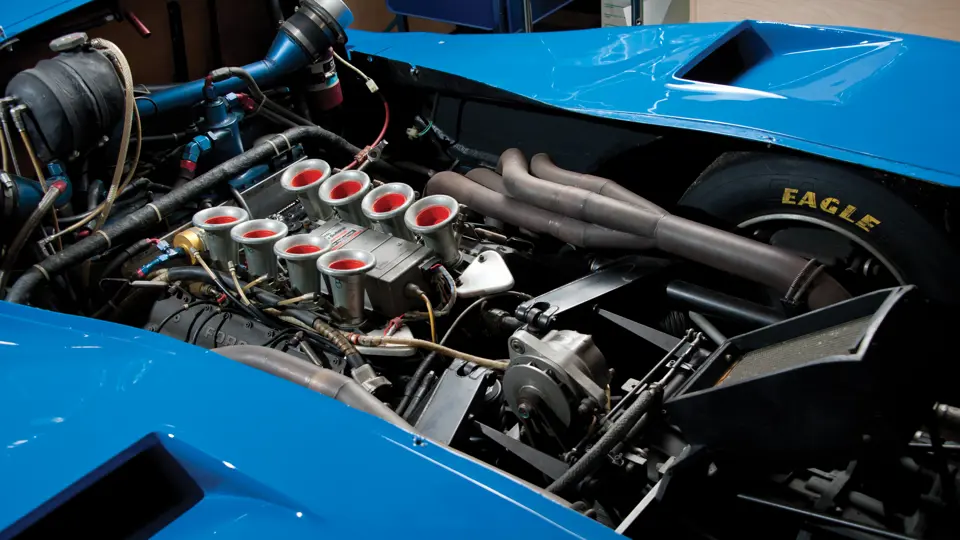


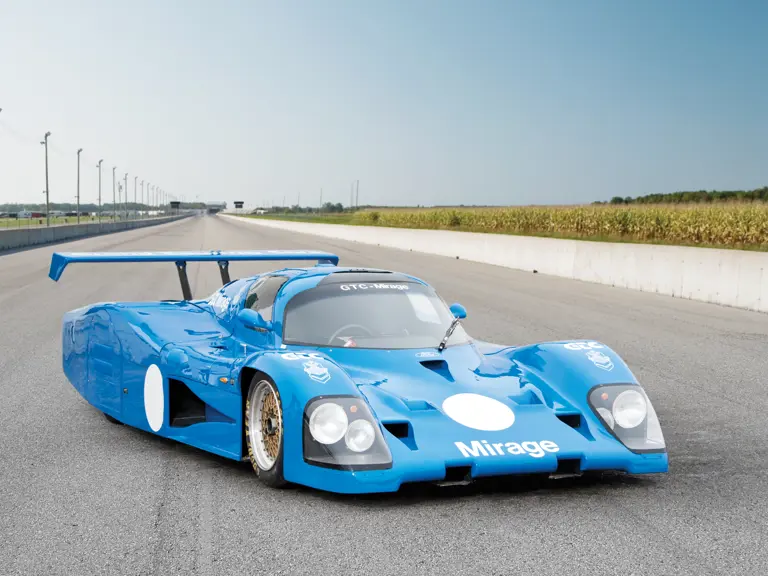
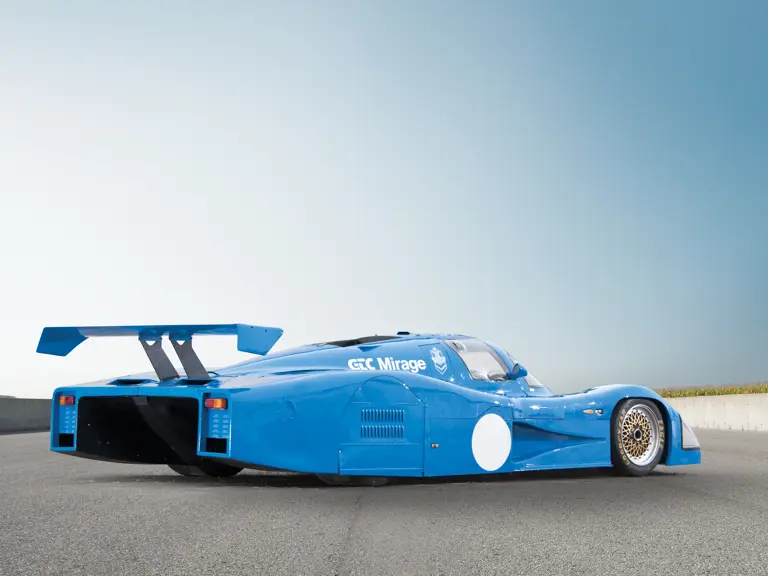
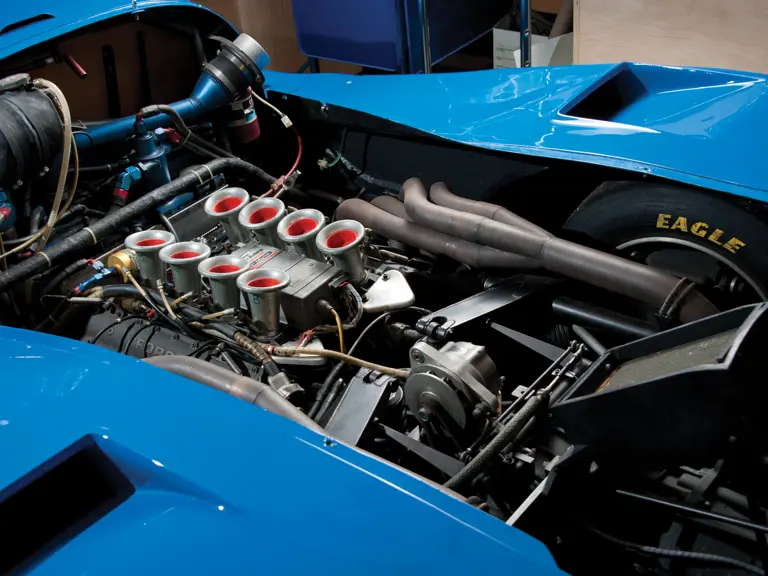
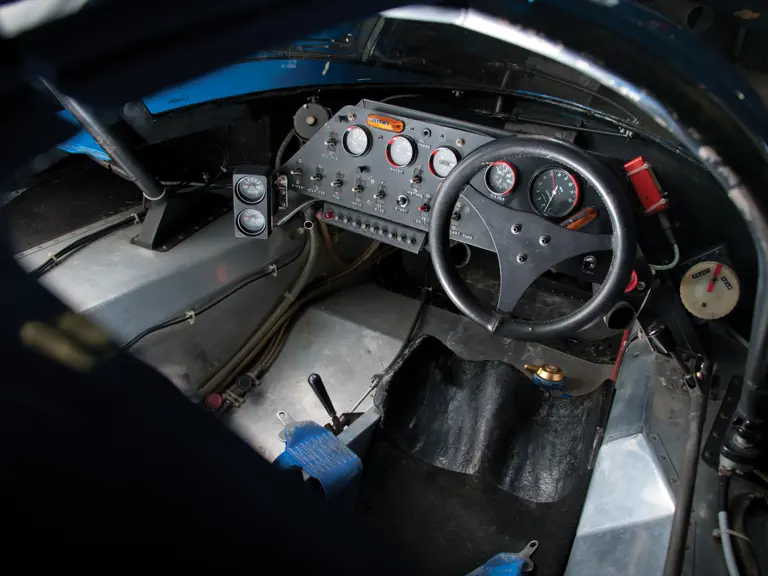

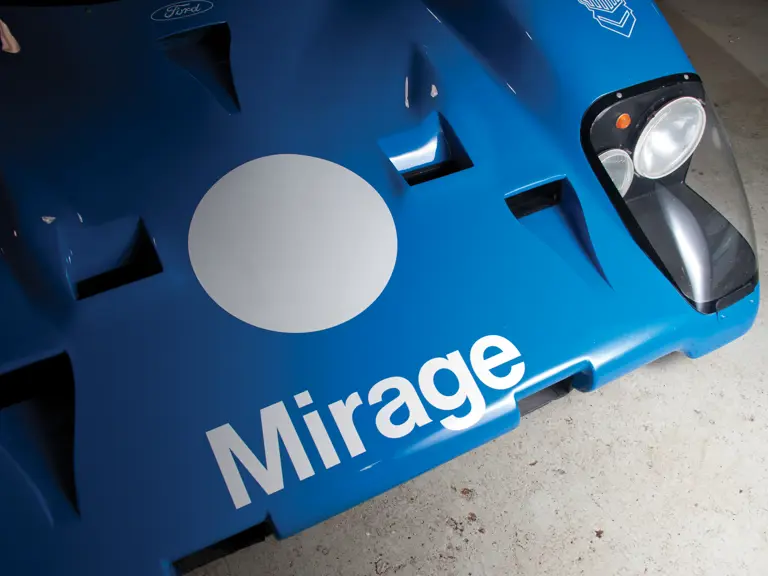
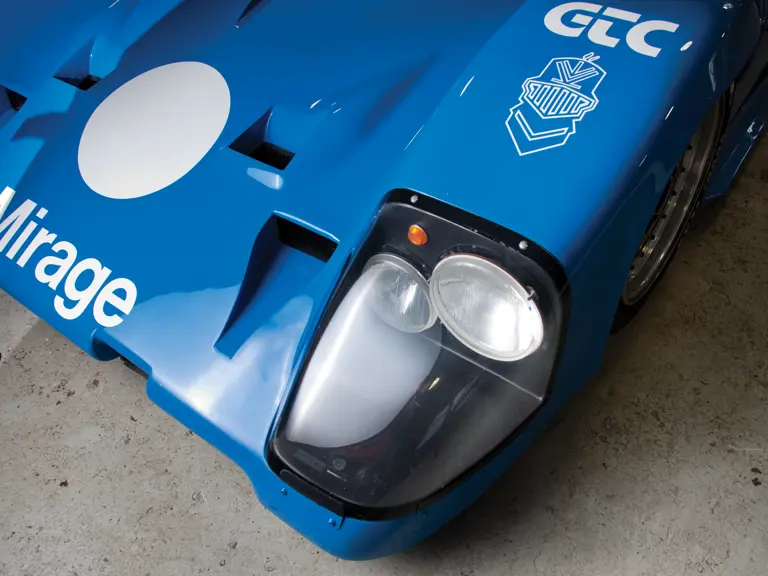
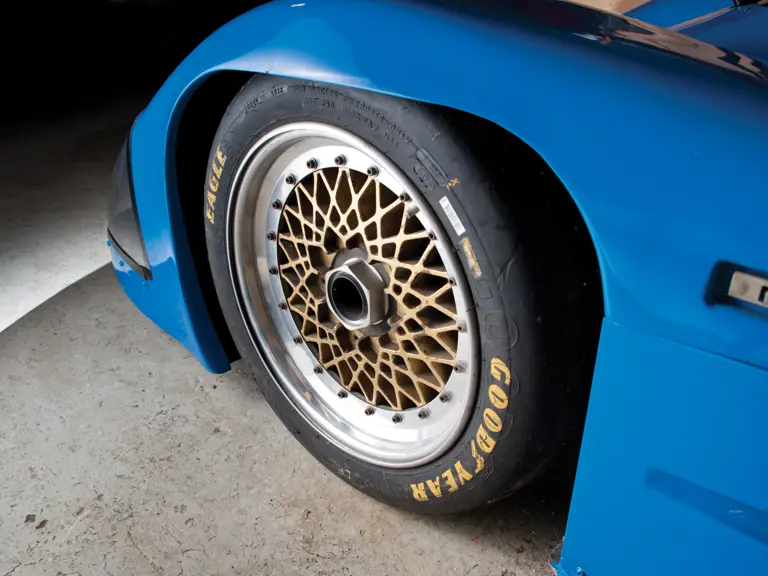
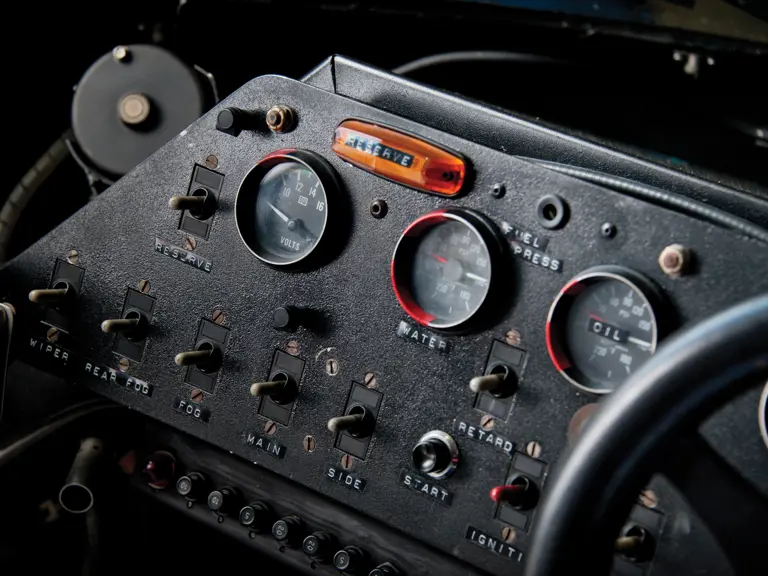


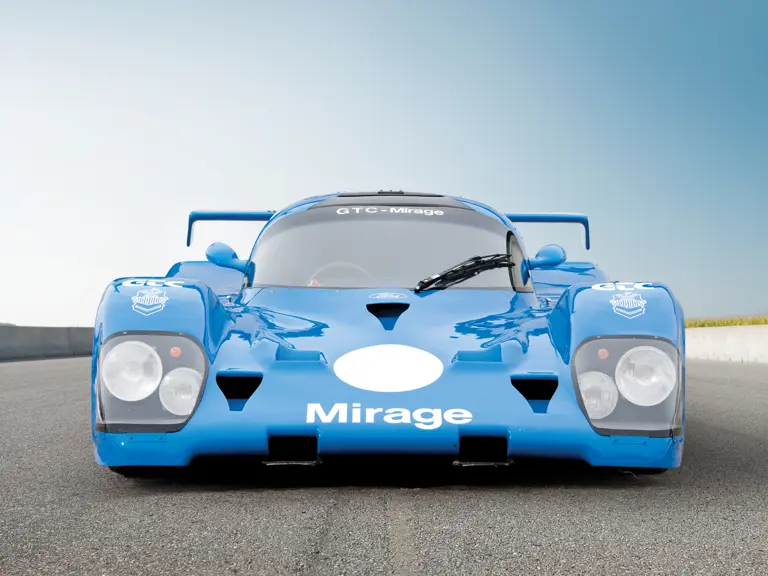
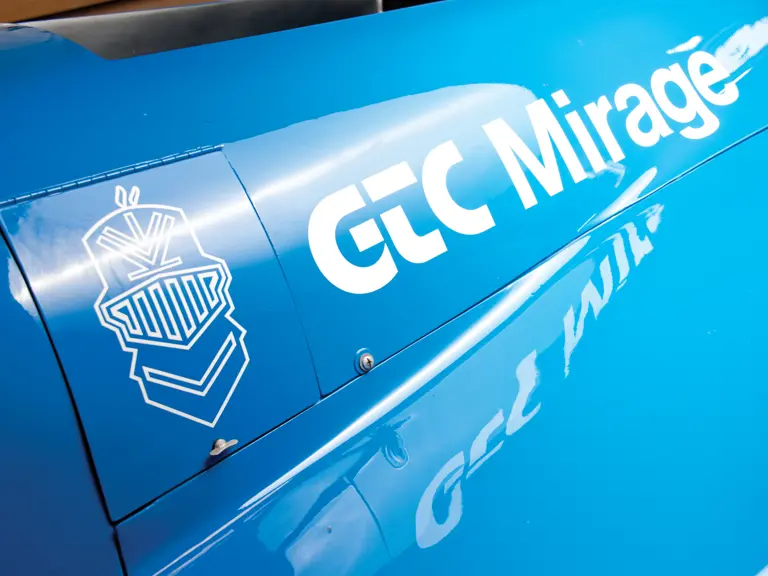

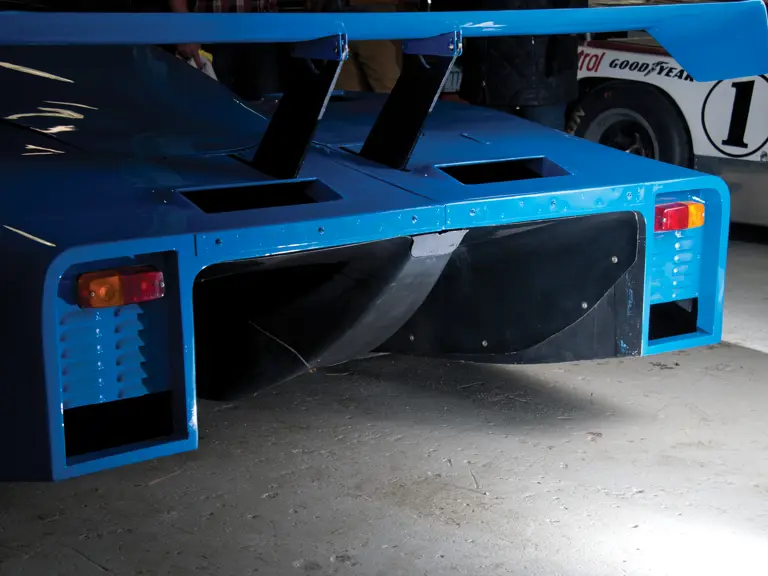



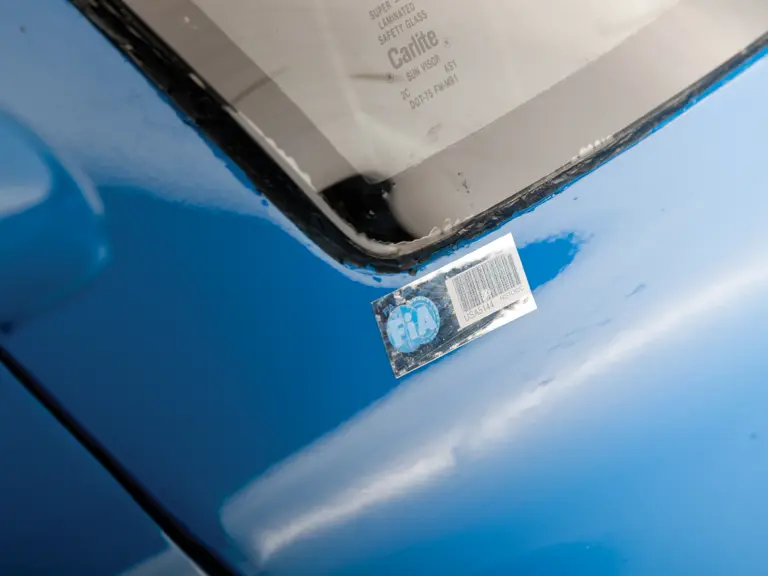
 | Monte Carlo, Monaco
| Monte Carlo, Monaco
